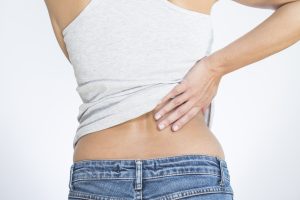
The meta-analysis study reviewed over 3.5 million patients of which nearly 50,000 patients reported having kidney stones. Those individuals with kidney stones had a 19 percent higher risk of CHD and a 40 percent higher risk of stroke. Furthermore, women were found to be at a higher risk than men.
Liu added, “The evidence for an increased risk of myocardial infarction in female kidney stones patients but not in male kidney stones patients is suggestive but not conclusive. It was unexpected and difficult to explain. We feel these findings need to be confirmed by further prospective studies, in which the mechanisms underlying this association should be examined.”
Thomas Manley, director of scientific activities, National Kidney Foundation, explained, “Kidney stones are common, and with their association to coronary heart disease and stroke found in this study it suggests that a thorough cardiovascular assessment should be considered in patients who develop kidney stones. It also suggests that anyone developing a kidney stone should seriously think about lifestyle modifications, such as weight loss, diet improvement, smoking cessation, and exercise, that will help prevent the development of both kidney stones and vascular disease.”
Kidney stone symptoms in women
As we previously reported on the symptoms of kidney stones in men, women, and children, although there is plenty of overlap, symptoms of kidney stones in men and women can vary based on the differences of each gender’s urinary tract.
Symptoms of kidney stones in women can include pain of the vulva, itching of the vulva and discharge, symptoms that are similar to ectopic pregnancy (if pregnant), ovulation/menstrual pain, cystitis, UTI, hernia, vaginitis, along with back pain, frequent urination, and blood in the urine.
Kidney stone treatment to lower heart disease, stroke risk in women
If small enough, a kidney stone will pass through the urinary tract and be released from the body. But large kidney stones can cause blockages, which will require medical intervention. Medical intervention commonly occurs if the stone is too large to pass, the pain is severe, and when there is an infection or significant bleeding.
There are numerous ways for your doctor to remove a kidney stone, including extracorporeal lithotripsy where shock waves break down the stone, percutaneous ultrasonic lithotripsy where ultrasound breaks up the stone and the fragments are removed, laser lithotripsy where a laser is used to break up the stone, and ureteroscopy where a scope is entered through the urethra to the bladder to reach the stone.
The size and symptoms will help determine what type of procedure you will required to treat the kidney stone. In the meantime, stay well hydrated to prevent kidney stones from forming.